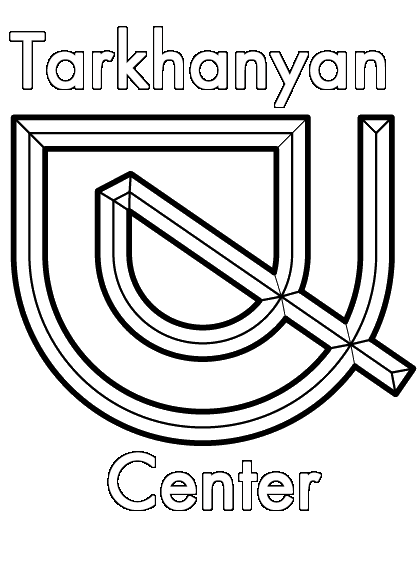Sport/Concert Complex

Design Year: 1976
Construction Start: 1981
Completion of First Phase: 1984
Completion of Second Phase: 1985
Project Authors: Architects A. Tarkhanyan, S. Khachikyan, G. Poghosyan, K. Akopyan, G. Mushegyan; Structural Engineers I. Tsaturyan, G. Azizyan
The Karen Demirchyan Sports and Concert Complex is one of the most iconic structures in Yerevan from the late 20th century, notable for its striking form and scale. The project’s authors aimed to create architecture that embodied ideals of democracy and national pride while evoking a profound sense of Armenian identity.
The concept of this multifunctional complex was based on combining two halls: a 7,300-seat sports and concert hall and a 1,200-seat concert and public hall. Between them lies a rotating tribune with 1,000 seats, allowing the seating capacity of either hall to be adjusted depending on the event. Both halls, aligned along the building’s axis, can be used simultaneously.
The complex features a spacious foyer with sculptural columns and staircases leading to upper levels, where the sports arena and seating areas are located. The seamless flow of spaces between levels, combined with their visual interconnectedness, enhances the experience of the building’s impressive architecture. The harmonious integration of the building’s exterior and interior is achieved through a consistent scale and the absence of small, distracting elements. Plastic stucco finishes are used both inside and outside.
The building’s soaring dome is supported by four massive intersecting pylons. A glass strip between the seating tiers and the dome structure provides natural daylight to the sports and concert hall while improving the building’s seismic stability. The dome’s construction involved a unique technique of assembling and pouring the structure in mid-air.
The sports section of the complex accommodates both summer and winter sports. State-of-the-art equipment was used for the facility at the time, including sports scoreboards, freezing systems for the ice rink, as well as audio and lighting systems for performances, sourced from Europe, and elevators and escalators from Japan. To improve the acoustics, the designers invented special acoustic modules.
The central entrance to the sports and concert section is adorned with a 60-meter-long tuff relief sculpture by Ferdinand Arakelyan. Standing six meters tall, the relief features 330 figures symbolizing Armenia and its rebirth. The composition includes depictions of Vahagn’s birth, the Kochari dance, a choir, science, harvest, abundance, and other elements, all representing Armenia. On the right side of the relief, the sculptor included the creative team: architects Arthur Tarkhanyan, Hrachya Poghosyan, Spartak Khachikyan, and structural engineers Grigor Azizyan and Igor Tsaturyan.
The Soviet Union’s emphasis on the international significance of sports greatly influenced its policies in developing sports infrastructure. This vision culminated in the construction of large sports palaces—indoor arenas for athletic events. A closed competition for the complex’s design was held, attracting submissions from eight design organizations. The competition’s technical requirements specified a sports palace designed to hold 10,000 spectators, including an indoor hockey arena.
The architectural masterpiece took shape in the early 1980s in the northwestern section of Tsitsernakaberd Park. Soon, the grand contours of the structure, resembling a soaring eagle with outstretched wings, began to emerge. Two wide staircases led to the building, flanking interior terraces with pools and fountains. Construction was personally overseen by Karen Demirchyan, the last leader of Soviet Armenia, who frequently visited the site to monitor progress. The site buzzed with activity day and night, and within a short time, Yerevan residents were able to admire a unique architectural addition, seamlessly integrated into the hill’s landscape.
A year and a half after the sports section of the complex opened, a fire broke out in the building, necessitating reconstruction. Full-scale operation resumed in 1987, and in 1990, the complex hosted a concert by Ian Gillan. The most significant sporting event held in the complex was the 32nd Chess Olympiad in 1996.
